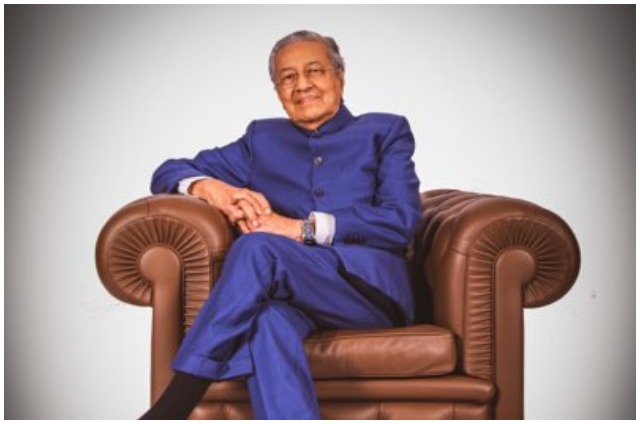Cairo (dpa) – The regime of Syrian President Bashar al-Assad recaptured the ancient city of Palmyra from the Islamic State extremist organization Sunday, in one of its most significant advances since Russia sent its air forces to al-Assad’s aid in September.
State media and a monitoring group said that the 2,000-year-old city, a UNESCO-listed World Heritage Site, was in government hands after weeks of heavy fighting.


Troops and allied militiamen cleared Palmyra of all Islamic State fighters and “destroyed their last dens” there, state news agency SANA reported quoting an unnamed military source.
The report said that army engineers had cleared the city of mines and bombs laid by the retreating jihadists, who seized it in May and later set about systematically destroying its ancient monuments.
The recapture of the city, which is strategically located in Syria’s central desert, was confirmed by the pro-opposition Syrian Observatory for Human Rights.
The Britain-based Observatory, quoting “multiple reliable sources,” said that Islamic State fighters in the city had received orders from their leadership in the north-eastern city of al-Raqqa to withdraw.
The final overnight assault was accompanied by heavy air raids by Russian and Syrian forces as well as artillery shelling and rocket fire, the Observatory said.
The group said there were still sounds of gunfire in the east of the city as troops battled jihadists who had insisted on staying behind. SANA said the army was pursuing fleeing extremists eastwards into the desert.
The three weeks of battles culminating in the regime victory cost the lives of at least 400 Islamic State fighters and 180 government troops and allied militiamen, according to the Observatory.


The recapture of the city will be a major symbolic victory for al-Assad and for Russian President Vladimir Putin.
It is their greatest single gain against Islamic State since the launch of the Russian air campaign, which has also seen government forces isolate rebel-held areas of Syria’s second city, Aleppo, from key supply routes north to the Turkish border.
The government defeats of last May, which saw Islamic State establish strategic dominance of the central desert, have now been largely reversed.
There was no immediate clarification as to the state of Palmyra’s ruins, which date back to the first three centuries AD when the city was a powerful centre on trade routes through the Syrian desert.
Islamic State is known to have destroyed the main religious site, the Temple of Bel, the city’s symbolic triumphal arch, and most of the tower tombs that stood on its outskirts.
Footage published by SANA of military operations on the outskirts of the city last week, however, appeared to show parts of the ruined city still standing.
Syria’s head of antiquities, Maamoun Abdelkarim, told SANA on Saturday that the government intended to send a team of specialists to Palmyra as soon as it was recaptured to assess the extent of the destruction.
They would work under the supervision of UNESCO, given the city’s World Heritage status, he added.








